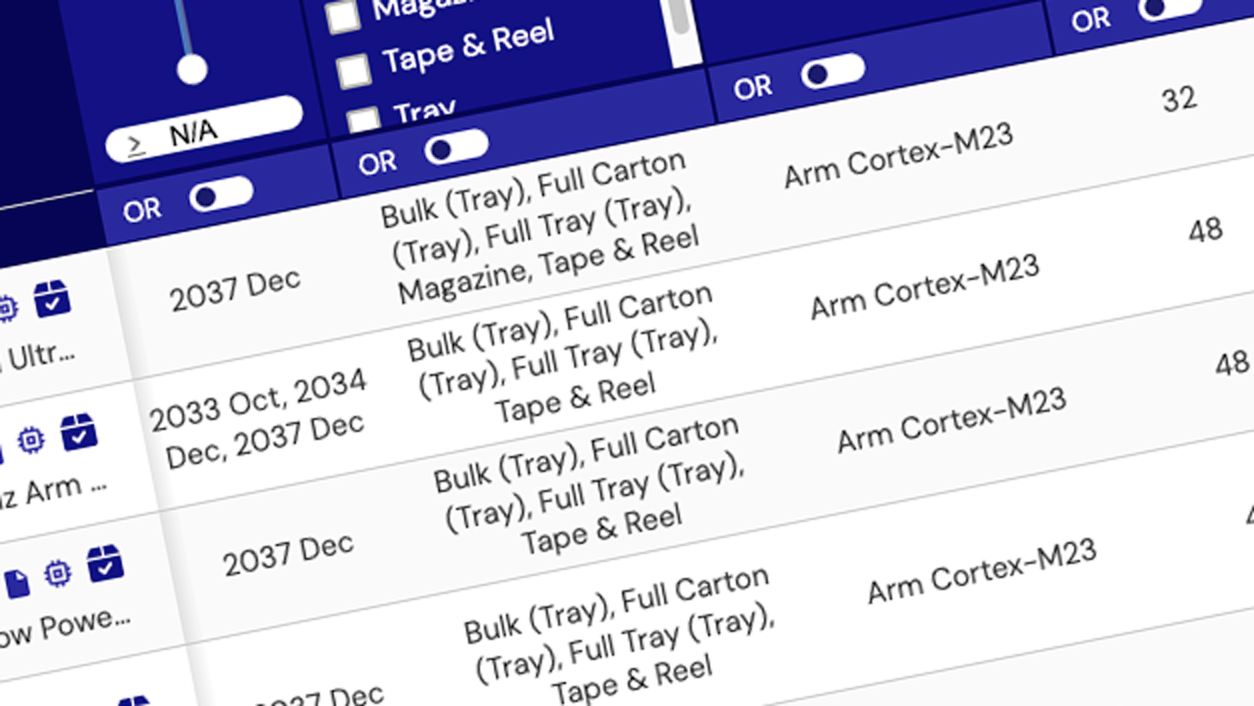MOSFETゲートドライバは、高速スイッチング用途やパワー用途において、パワーMOSFETのゲートを効果的かつ効率的に駆動するための専用回路です。 MOSFETは、DCブラシ付きモータで使用されるロータの回転方向に適切な極性を与えるために使用されます。 BLDC(ブラシレス)モータの用途では、BLDCモータを整流するために3つのハーフブリッジMOSFETトポロジが必要です。 FETドライバと3つのハーフブリッジMOSFETを備えたMCUがモータ制御システムを完成させます。
革新的なスマート3相MOSFETドライバのファミリーは、ハードウェアの変更を必要とせずに様々なモータ構成やモータ制御アルゴリズムを駆動することで、BLDCモータの開発をさらにシンプルにします。 これらのスマートゲートドライバは、パワーマネージメント、ゼロ交差検出、ゲインアンプ、サンプル/ホールドなどのサポート回路を統合し、MCUのADCのみを利用して、基板スペースとBOMコストを削減します。


